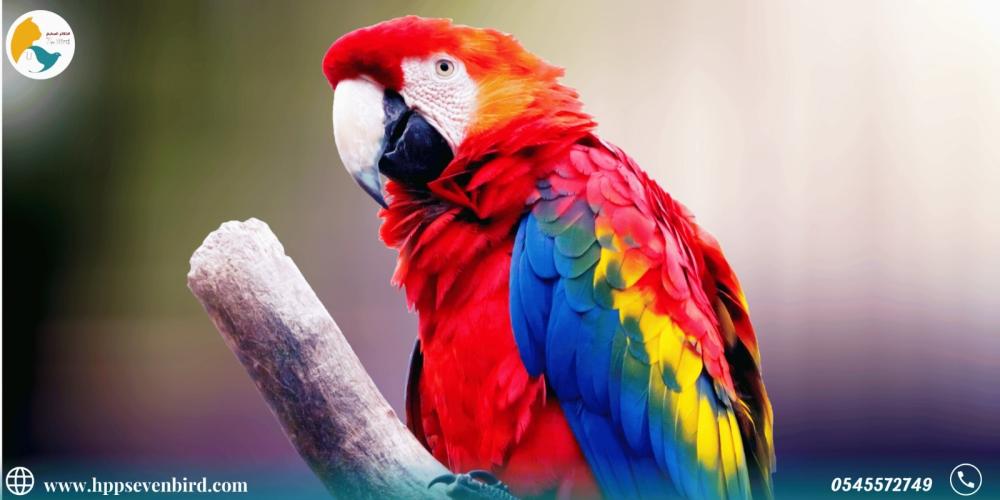Have you ever wondered how parrots get their bright green color or how flamingos get their pink color? It's not just a coincidence; it's a complex world of genetics, environment, and even what these birds eat.
: Pigments: The Hidden Secret of Colors
The color we see in birds' feathers comes from two main types of pigments:
Melanin: This pigment is responsible for dark colors such as black, brown, and gray. A high concentration of melanin makes feathers dark, while a lack of it makes them lighter.
Carotenoids: These pigments give birds bright colors such as red, yellow, and orange. However, birds don't produce them themselves; they get them from their food! This is why flamingos get their pink color from the crustaceans and algae they eat.
: Feather Structure: An Amazing Optical Illusion
Sometimes, the color we see isn't a real pigment, but an optical illusion! This happens when the microscopic structure of feathers interacts with light.
Some feathers consist of very fine layers that scatter light in a specific way. When white light falls on a peacock's feathers, Bright colors like blue and green are reflected from it due to this structure, not because of the presence of blue or green pigment.
This phenomenon is called structural coloration, and it is responsible for the shimmering and metallic colors in the feathers of many birds.
: Genetics and Mutations: Nature's Surprises
Genetics play the largest role in determining a bird's feather color. Every parrot is born with a genetic makeup that determines which pigments will be produced. However, sometimes "mistakes" or genetic mutations occur.
Lutino Mutation: In this mutation, the bird loses the ability to produce the black pigment melanin, resulting in bright yellow feathers and red eyes. This mutation is very common in cockatiels and ring-necked parakeets.
Albino Mutation: Here, the bird loses the ability to produce any pigment at all, resulting in pure white feathers and red eyes.
:Environmental factors and their effect on color
Color may not be constant throughout a bird's life. Here are some factors that can affect its color:
Diet: As mentioned, food directly affects the colors produced by carotenoids.
So, we've dedicated this to you from seventh bird:
Vitakraft Cracker Treats for Rose and Fischer's birds with Honey and Sesame 180g
Lulu Pets Rose and Fisher Fruit Flavored Bird Feeding Treats, 2 Pieces, 90g
Vinci Nutritious Food for Canaries 5kg
Pets Life Baby Bird Food Hand Feeder 150g
Age: A bird's color may change as it ages, with some colors appearing and others disappearing.
So, we've dedicated this to you from seventh bird:
penita Lori Excel Food for Parrots and Lories 1kg
Sun Exposure: Feather color can fade or change slightly with continued exposure to sunlight.
So, we've dedicated this to you from seventh bird:
Lavender Feather Moisturizing and Cleaning Spray from Seven Bird
Ultimately, every color in a bird's feathers tells a story. A story about the genes it inherited, the food it ate, and perhaps even the environment it lived in. Understanding this process increases our appreciation for the beauty and infinite diversity of nature.

